Dogs might be your fluffy companions, but underneath those wagging tails and adorable faces lies the heart of a wolf. Your pooch’s behavior isn’t just a product of modern domestication; it’s a fascinating blend of instincts passed down from their wild ancestors. From howling at the moon to burying their toys, these traits remind us of the deep-rooted connection between your dog and the wolves that rove the wilderness. Let’s explore 15 behaviors in your dog that reveal their lingering wolf instincts and what they mean for your furry friend.
1. Howling at Sirens

Your dog’s howling might seem like an endearing quirk or an echo of the wild, but it’s actually a behavior rooted in wolf instincts. In the wild, wolves use howling as a way to communicate with their pack over long distances. It’s their version of a group chat, keeping everyone in the loop. When your dog joins in on a siren’s wail, they’re simply responding to what they perceive as another “voice” in the distance, a throwback to their bygone pack mentality.
According to Dr. Stanley Coren, a canine expert and author, dogs are naturally inclined to join in on sounds that mimic the frequency and tone of a howl. This inclination is especially strong in breeds that are closer to their wolf ancestors, like Huskies and Malamutes. So, the next time a fire truck goes by and your dog lifts their head to sing along, remember they’re just tapping into an age-old language. It’s a reminder that even in your living room, the call of the wild never truly fades.
2. Digging Holes in the Yard
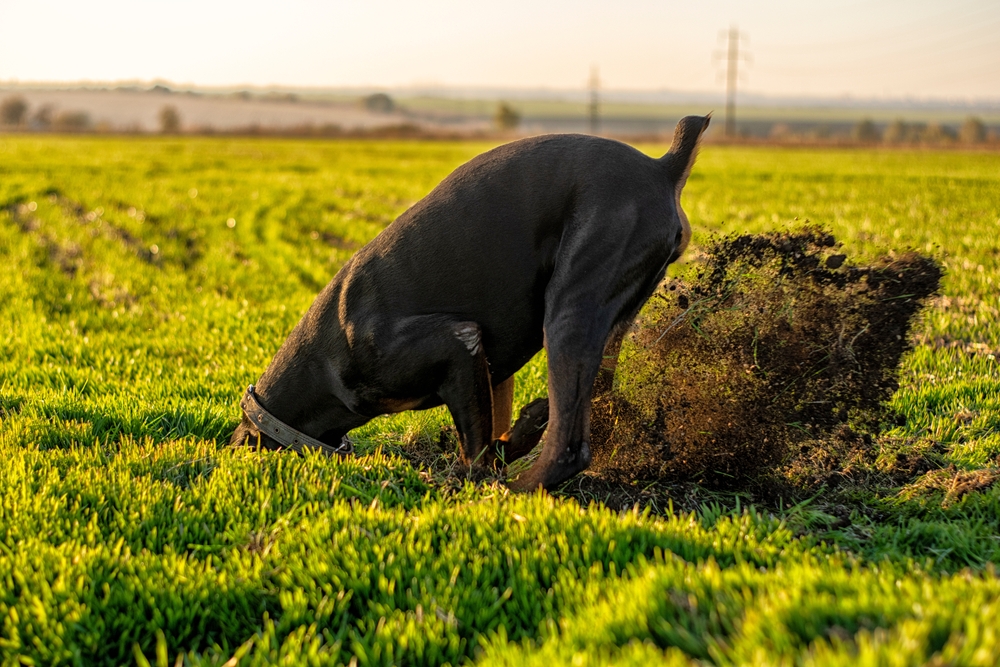
If your dog has ever left your yard looking like a minefield, you’ve witnessed another wolf instinct in action. While you might see havoc, your dog sees a practical solution — creating a cool place to rest or storing food for later. Wild wolves dig to create dens for shelter and protection, employing tactics that your dog mimics without even realizing. It’s an instinctual behavior that comes with their lineage, rather than an intent to ruin your landscaping.
Understanding this behavior can help you manage it better, perhaps by providing a designated digging area or mentally stimulating activities. By channeling their digging instincts into positive outlets, you create a balance between respecting their natural tendencies and maintaining your garden. Remember, your dog isn’t acting out; they’re simply following an ancient blueprint laid out by their ancestors. It’s not about stopping the digging entirely, but about finding ways to make it work for both of you.
3. Circling Before Lying Down

That little dance your dog does before lying down isn’t just for show; it’s a nod to their wild heritage. Wild canines circle their sleeping area to trample down grass or snow, making a comfortable spot to rest and ensuring the area is free of unwanted visitors. Even though your dog has a plush bed, the instinct to prepare a sleeping space is embedded in their DNA. It’s one of those quirky behaviors that serves as a constant reminder of their ancestral roots.
Dr. Margaret Gruen, a veterinary behaviorist, notes that these rituals are soothing for dogs because they’re familiar and instinctual. In modern settings, this behavior might seem unnecessary, but for your dog, it’s as natural as wagging their tail. It highlights the continuity of canine behavior across centuries of evolution. So the next time your dog circles endlessly before flopping down, know that they’re just engaging in a time-honored tradition.
4. Burying Toys and Bones

It might be frustrating when your dog buries their favorite toy in the backyard, but this behavior is a direct link to their wolf ancestry. In the wild, wolves bury their food to protect it from scavengers and return to it when needed. Your dog, driven by the same instinct, might not have to fend off predators, but the impulse to “save for later” is deeply ingrained. This act of caching is a survival trait that has been hardwired into their behavior over generations.
To manage this instinct, provide your dog with specific toys or a sandbox where they can bury to their heart’s content without wreaking havoc on your yard. This way, you’re respecting their natural tendencies while maintaining some order in your outdoor space. It’s important to realize that this isn’t about defiance or misbehavior; it’s about honoring the primal instinct to preserve resources. By accommodating this need, you create a harmonious environment that respects both your needs and your dog’s instinctual behaviors.
5. Pack-Mindedness in Social Settings

Your dog’s need to be around people and other dogs is a reflection of their pack-oriented nature. Wolves are inherently social animals, relying on their pack for survival, hunting, and protection. When your dog seeks out companionship, they’re echoing this intrinsic need for social structure and security. It’s why dogs often suffer from separation anxiety; they’re wired to be around others, much like their wild counterparts.
According to research by Dr. John Bradshaw, an anthrozoologist, domestic dogs view their human family as their pack, displaying loyalty and a desire to maintain close bonds. This pack mentality is what makes dogs such exceptional companions and why they thrive in environments where they feel included and secure. Understanding this aspect of their nature can help you foster a happier, more balanced dog. By ensuring they have social interactions and aren’t left alone for extended periods, you’re honoring their deep-rooted need for connection.
6. Guarding Their Territory
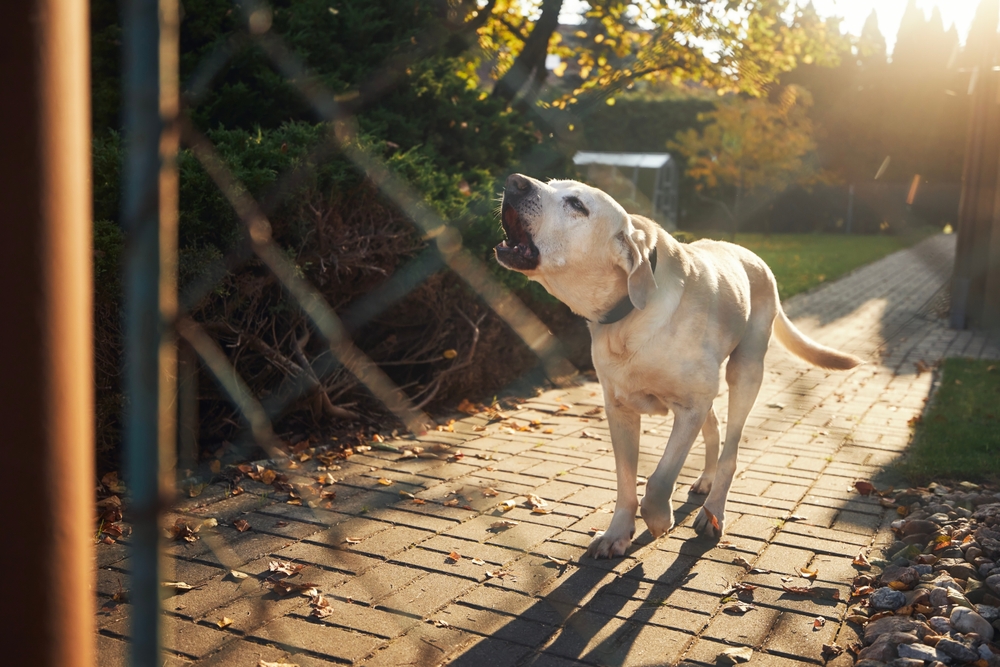
Ever wonder why your dog is so keen on guarding your home, barking at strangers or any unusual noise? This vigilant behavior harks back to their wolf heritage, where protecting their territory was a matter of survival. Wolves are territorial creatures, marking and defending their land against intruders. This instinct carries over to your dog, who sees the home as their den and you as part of the pack they must protect.
Recognizing this behavior as natural can help you approach it with understanding rather than frustration. It’s important to train your dog to differentiate between actual threats and normal occurrences to minimize unnecessary barking. Providing them with reassurance and structure helps satisfy their protective instincts while maintaining harmony in the household. Remember that while your dog might not be warding off rival packs, their sense of duty remains just as strong.
7. Rolling in Smelly Stuff
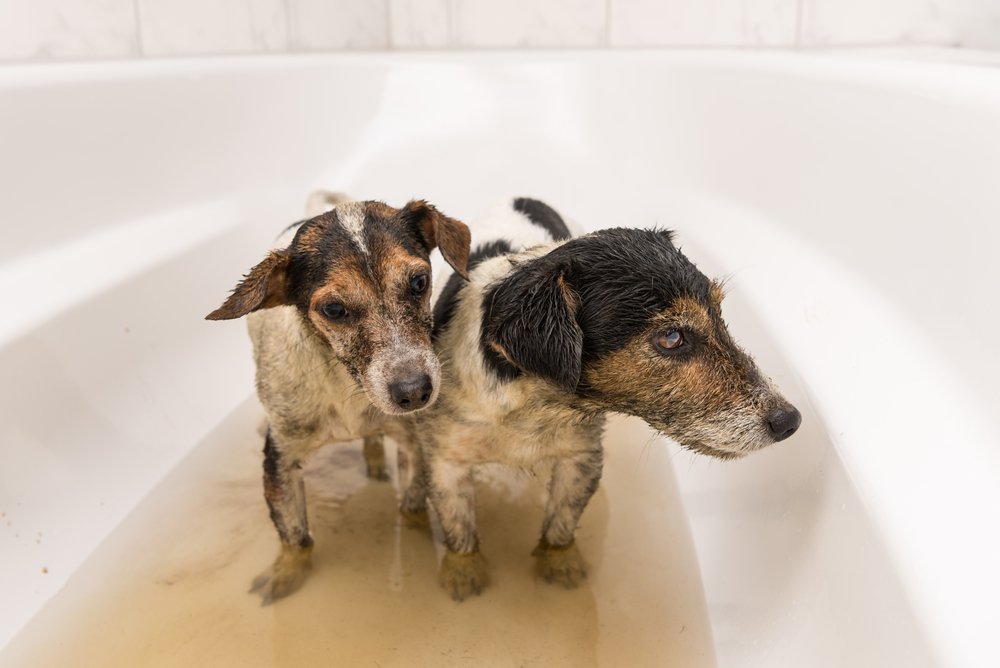
As bizarre as it seems, your dog’s love for rolling in smelly things is another throwback to their wolf ancestry. In the wild, wolves roll in scents to mask their own smell, making it easier to sneak up on prey unnoticed. This behavior is instinctual, allowing them to adopt unfamiliar smells and blend into their environment more effectively. So when your dog finds something particularly pungent to roll in, they’re simply following a long-standing tradition.
Animal behaviorist Dr. Alexandra Horowitz explains that this behavior also serves to inform their pack of potential food sources or threats. It’s a form of communication, albeit a smelly one, that was crucial for survival. While it might be less useful for a domesticated dog, the instinct remains strong. Acknowledging this behavior helps you appreciate the complex, wolf-inspired instincts that still drive your dog today, even if it means a lot of extra baths.
8. Chasing Fast-Moving Objects
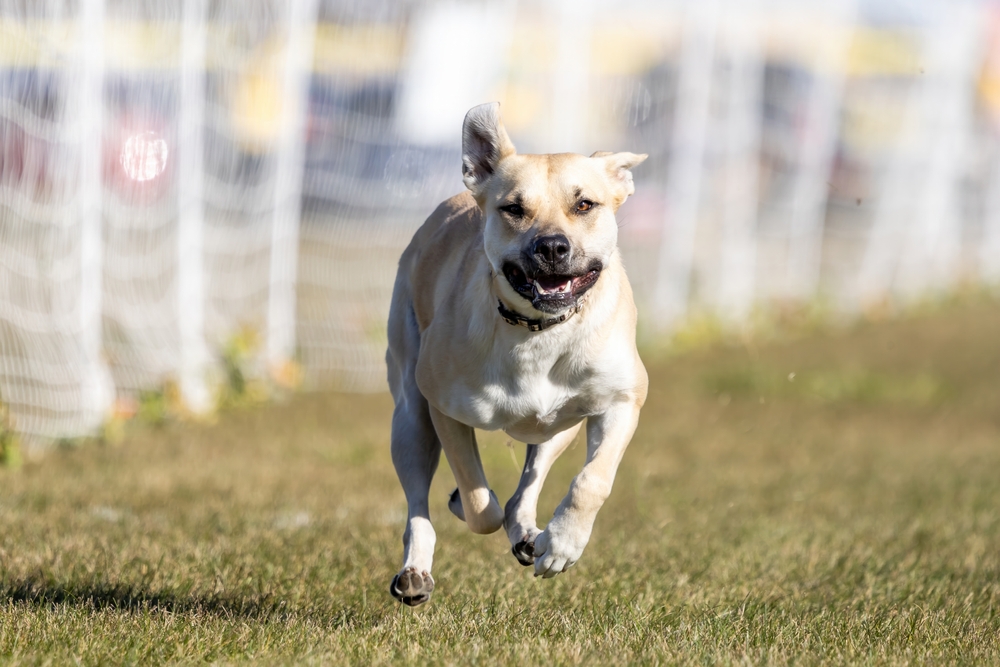
Your dog’s instinct to chase anything that moves quickly is not just playfulness; it’s rooted in their predatory instincts. Wolves rely on their ability to chase and catch prey for survival, and this trait is deeply embedded in your dog’s DNA. When your dog dashes after a ball, a squirrel, or even their own tail, they’re tapping into this primal urge. It’s a natural behavior that has been crucial for their ancestors’ survival in the wild.
Channeling this energy in a positive way, like playing fetch or engaging in agility training, satisfies their instinctual needs without leading to destructive behavior. By understanding this aspect of your dog’s nature, you can provide them with activities that fulfill their instinctual desire to chase. It’s about striking a balance between honoring their heritage and ensuring they’re safe in a modern environment. This way, your dog can enjoy their natural instincts in a controlled and enriching manner.
9. Scratching the Ground After Going to the Bathroom

After finishing their business, you might notice your dog scratching the ground with their paws, a behavior rooted in marking territory. This instinctual habit is linked to wolves, who use scent marking as a crucial form of communication. The act of scratching spreads scent from glands in the paws, effectively announcing their presence to other animals. Your dog isn’t just covering up; they’re leaving a message in a language that’s as old as time.
In a domestic setting, this behavior might seem redundant, but it’s an important ritual for your dog. Understanding this can help you address it appropriately, like redirecting them if they’re scratching up your garden. It’s a small reminder of the genetic ties that bind your dog to their wild brethren. By acknowledging and respecting these instincts, you maintain a happy, well-adjusted pet that feels understood and secure.
10. Eating in Packs
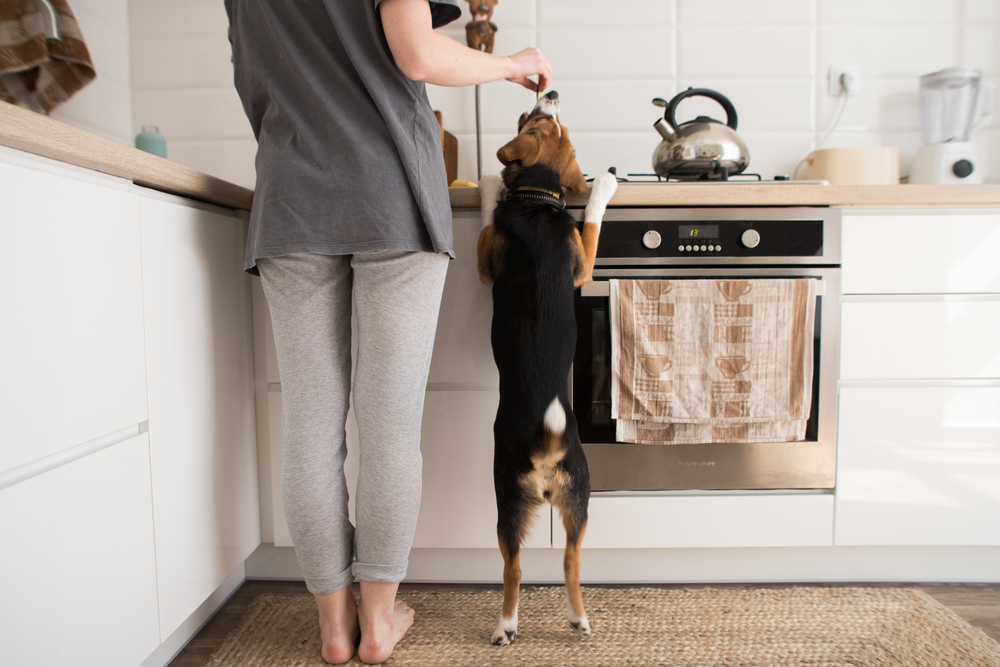
Have you noticed your dog seems most comfortable eating when you’re nearby or when other dogs are around? This is a reflection of their pack mentality, a trait inherited from their wolf ancestors. In the wild, wolves eat in packs, a practice that ensures safety and reinforces social bonds. Your dog, driven by the same instinct, may feel more secure and relaxed when sharing mealtime with their human or canine family members.
By creating a positive mealtime environment, you can help your dog feel connected and secure. Whether it’s feeding them in a communal space or maintaining a routine, these small gestures honor their pack-oriented nature. It’s about creating a space where your dog can enjoy their meal without stress or anxiety. Understanding this behavior fosters a deeper connection with your pet, recognizing the complexity and depth of their instincts.
11. Following a Leader

Dogs naturally look for leadership, a behavior that is deeply embedded in their genetic code. In wolf packs, hierarchy is crucial, with a clear leader dictating the pack’s direction and decisions. When your dog looks to you for cues and guidance, they’re following this instinctual need for a leader. It’s why clear communication and consistent training can create a harmonious relationship between you and your dog.
By establishing yourself as the leader, you provide your dog with stability and direction. This isn’t about dominance but about creating an environment where your dog feels secure and understood. With clear boundaries and positive reinforcement, you fulfill their natural need for structure. Recognizing this behavior is essential for building a strong, trusting bond with your pet, based on mutual respect and understanding.
12. Grooming and Licking

When your dog licks you or themselves, it’s more than just a grooming habit; it’s a behavior rooted in social bonding. In wolf packs, grooming is a way to strengthen social bonds and reinforce pack unity. When your dog licks, they’re engaging in a ritual that promotes connection and care, echoing the practices of their ancestors. It’s a comforting behavior that emphasizes their social nature and need for close relationships.
Recognizing this behavior as a sign of affection and social bonding can help you appreciate the depth of your dog’s emotions. By reciprocating their gestures with gentle petting or praise, you reinforce the connection and trust between you. It’s a small but meaningful way to acknowledge their instinctual need for closeness. By understanding and responding to these behaviors, you nurture a relationship built on love and mutual respect.
13. Being Attuned to Human Emotions
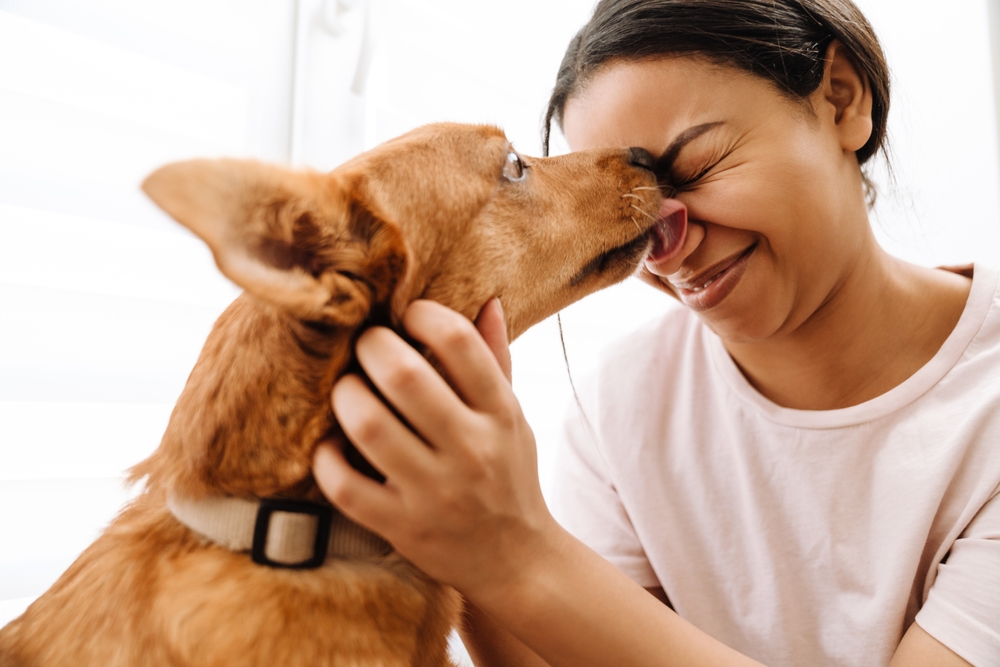
Your dog’s ability to sense your mood and respond accordingly isn’t just a product of domestication; it’s an evolved survival skill. Wolves rely heavily on social cues within the pack to maintain harmony and cooperation. This keen awareness of emotions is something your dog has inherited, allowing them to tune in to your feelings and react to them. It’s why they might comfort you when you’re upset or get excited when you’re happy.
Studies, like those conducted by Dr. Brian Hare, show that dogs have a unique ability to read human emotions, a trait that sets them apart from other animals. This emotional intelligence allows them to be exceptional companions, responding to your needs in a way that feels almost intuitive. By acknowledging this capability, you can foster an environment where your dog feels valued and understood. It’s a testament to their adaptability and the enduring connection between humans and canines.
14. Herding Behavior
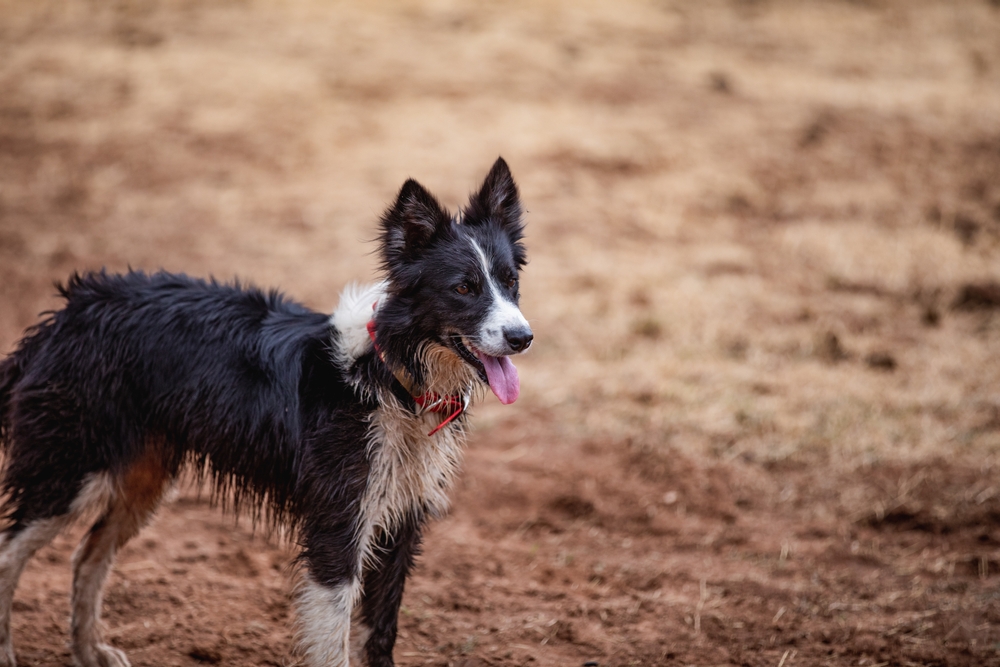
If your dog has ever tried to herd you or other animals, they’re tapping into another wolf instinct. Originally bred for herding, some dog breeds still carry this instinct, channeling the cooperative hunting strategies of their ancestors. Wolves work together to corral prey, a behavior that translates into your dog’s desire to keep their “flock” in line. This instinctual drive can manifest in playful but determined nudges or barks to guide you or other pets.
To manage this behavior, engage your dog in activities that allow them to use their instincts productively, like agility courses or fetch games. Providing an outlet for their herding instincts helps them feel fulfilled while preventing frustration and boredom. It’s about respecting their heritage and giving them opportunities to thrive. Understanding this natural behavior can enhance your relationship, creating a richer, more rewarding experience for both of you.
15. Scent Marking
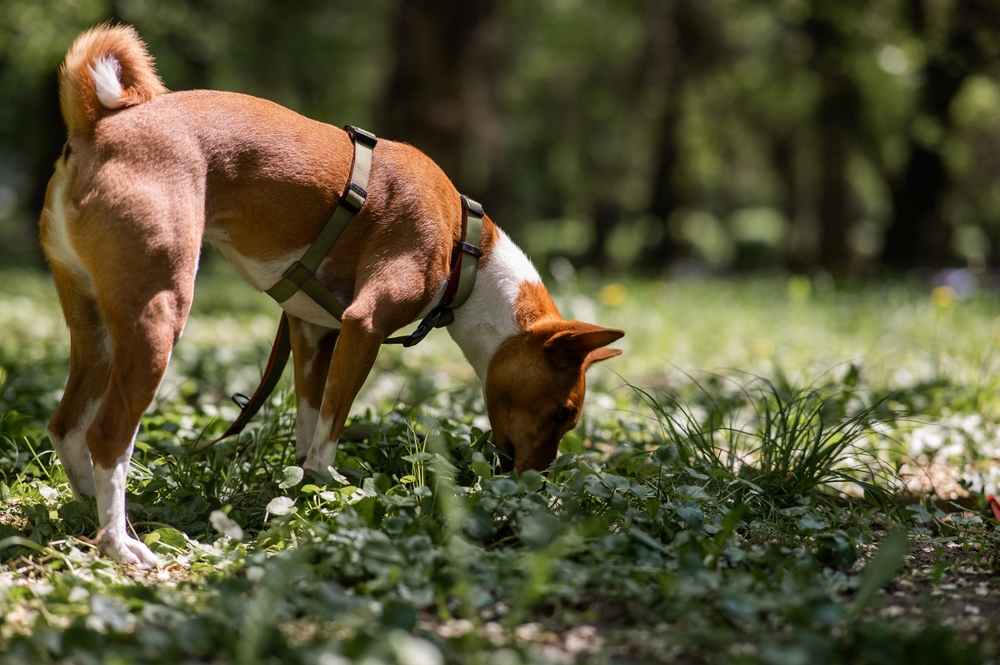
Scent marking is one of the most primal behaviors your dog engages in, a direct link to their wolf ancestry. Wolves use scent to communicate territories and personal identifiers to others in the wild. When your dog marks their territory, they’re participating in this age-old practice, using scent to establish presence and ownership. It’s not just about marking physical space; it’s about creating a sensory message board for other canines.
While it might be a challenge to manage indoors, understanding this behavior is key to addressing it effectively. By providing ample outdoor time and positive reinforcement training, you can guide your dog’s natural instincts in a way that respects both their needs and your environment. Acknowledging the importance of scent in their world helps you appreciate the complexity of their communication. It’s a subtle reminder of the sophisticated, instinctual world your dog inhabits, even within the comforts of home.
